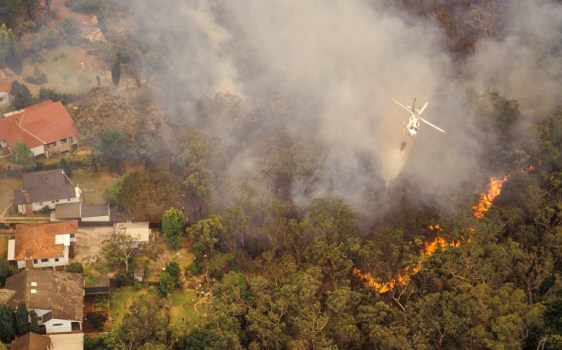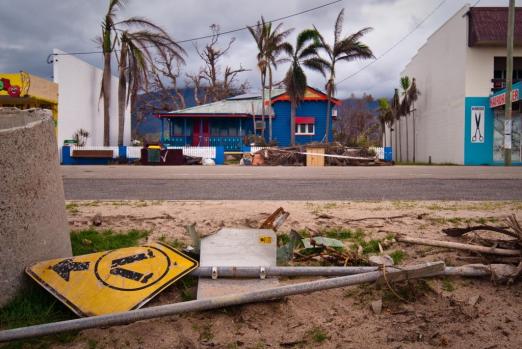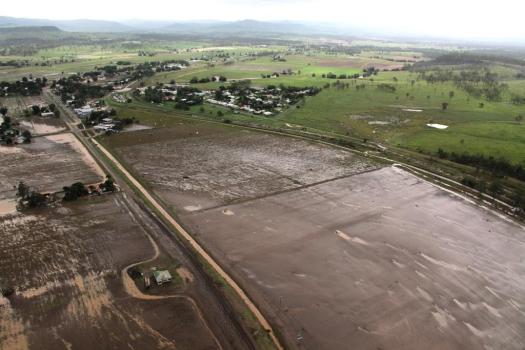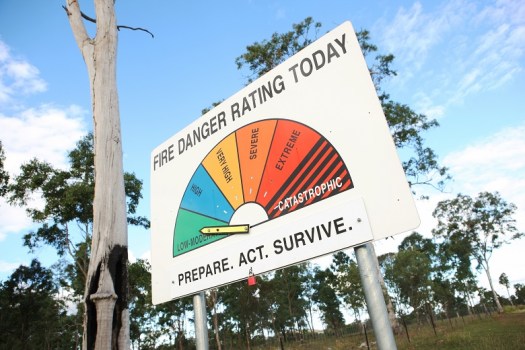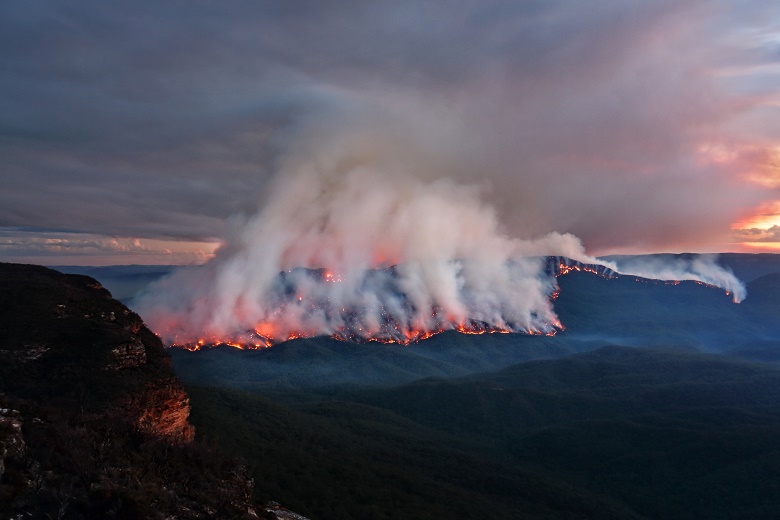
Australian governments are being encouraged to evaluate their readiness to collaborate, which research shows is crucial to an effective response.
As authorities battle bushfires in Queensland and prepare for flash flooding in NSW, and with concern mounting about the coming summer, agencies are being advised to run a “diagnostic” on their disposition to share information and resources.
“It’s just critical that governments and agencies understand how well they’re set up to collaborate, and if they find areas where work is needed then it needs to be done well in advance of major events,” says George Carayannopoulos of the University of Sydney.

Based on his study of the 2009 Victorian Black Saturday bushfires and the 2011 Queensland floods, Dr Carayannopoulos says that well-practiced collaboration among agencies is crucial to an effective response.
“That was the difference between the two events,” he tells Government News.
“In Victoria there was a sense that, on paper, they were organised and arranged but the problems arose when it came to translating that into an actual response capacity.”
The state was “early on” in its work to deliver an integrated response capacity, having opened a key command centre just six months before the devastating bushfires, he says.
In contrast, Queensland had a well-established state disaster management council, which effectively provided the whole-of-government mechanism to deliver an integrated response and address issues as they arose.
“And Queensland had been well practiced with Cyclone Yasi and other major events,” Dr Carayannopoulos said.
While the response of agencies involved in the Victorian bushfires was widely recognised as being “problematic”, he said the Queensland floods were considered a “successful whole-of-government response”.
In the years since, Victoria has moved strongly to emphasise cross-agency collaboration, with the realisation that “the cohesion of the entire emergency management network is actually as important as each individual part of that response,” Dr Carayannopoulos says.
A ‘tricky area’
His book, Disaster Management in Australia: Government coordination in a time of crisis, published earlier this year, examined the extent to which the policy rhetoric of government collaboration is realised during times of disaster.
“My sense is that it’s a really tricky area to get right. You see it too at the international level, whether it’s terrorism, major environmental incidents like oil spills or natural disasters. Even where there are the best intentions, actually delivering a successful outcome is tricky,” he says.
“We all commit to a rhetoric of working holistically and collaboratively but that’s really hard to achieve, and probably harder in a crisis when you’re pulling together so many disparate agencies – including the political executive, government departments, emergency services.
“All these different groups are critical to the immediate response and they all have different ways of working and different rationales,” he added.
His research involved a review of existing literature, an analysis of major policies and interviews with key players involved in both events including former Queensland premier Anna Bligh and then Brisbane mayor Campbell Newman as well as various department heads.
Those high-level discussions identified a number of common themes including the importance of leadership, effective preparation and understanding public perception, Dr Carayannopoulos says.
“The idea that you need to be practiced, ready and integrated prior to the event itself, you can’t do it on the run and expect to have a good outcome.
“There was also awareness around understanding public perception, the heightened scrutiny that comes on all the key players in these events. If something goes wrong there’s going to be very quick scrutiny on you.”
An analysis of media reporting conducted as part of the research showed there were references to “failures” within 48 of the Victorian bushfires, which “pushed people into some pretty quick decisions about commissioners of inquiry and reconstruction authorities,” Dr Carayannopoulos says.
Prepare communities
Community resilience was another issue highlighted in the research.
“The importance of being mindful that recovery isn’t just about physical issues – like housing – it’s about building better resilience in the future, understanding land management practices and the psycho-social recovery as well.”
In addition to evaluating their preparedness for collaboration, Dr Carayannopoulos advises governments to focus on community resilience.
“There is a need to emphasise to communities that there may be times when nobody will be able to get to them. For example during flood events, particularly in regional areas, significant areas can get cut off and the issue becomes the degree of resilience individuals have if they need to get by for 48 hours without electricity, for example.”
His comments reflect the emerging thinking of several councils in Australia.
In June, Government News reported on local government efforts to increase preparedness, from highly-equipped communities to disaster dashboards.
Dr Carayannopoulos says government and agency leaders need to involve not just their most senior staff but also middle management to more accurately understand their operational response capacity.
Comment below to have your say on this story.
If you have a news story or tip-off, get in touch at editorial@governmentnews.com.au.
Sign up to the Government News newsletter.
